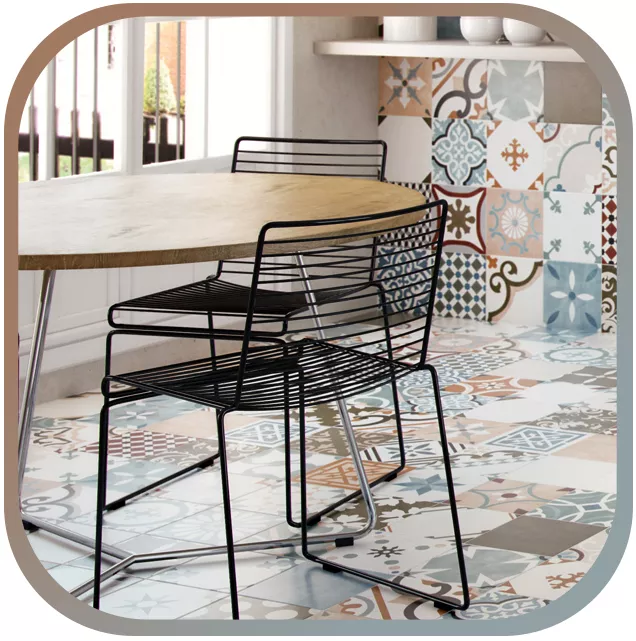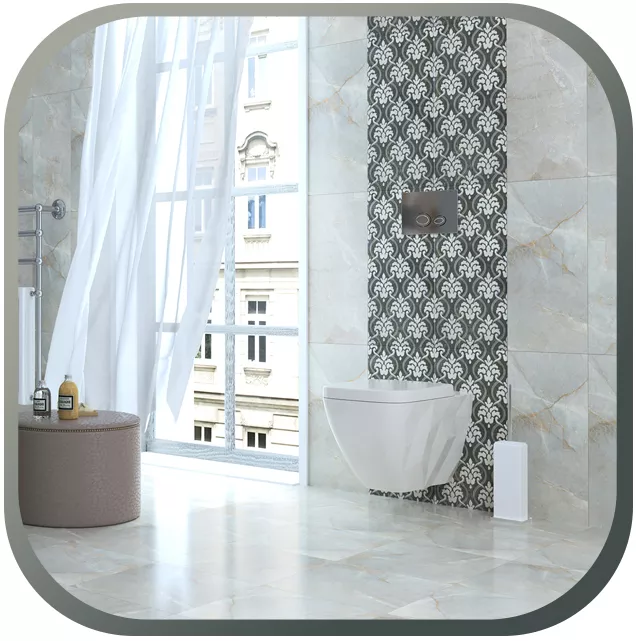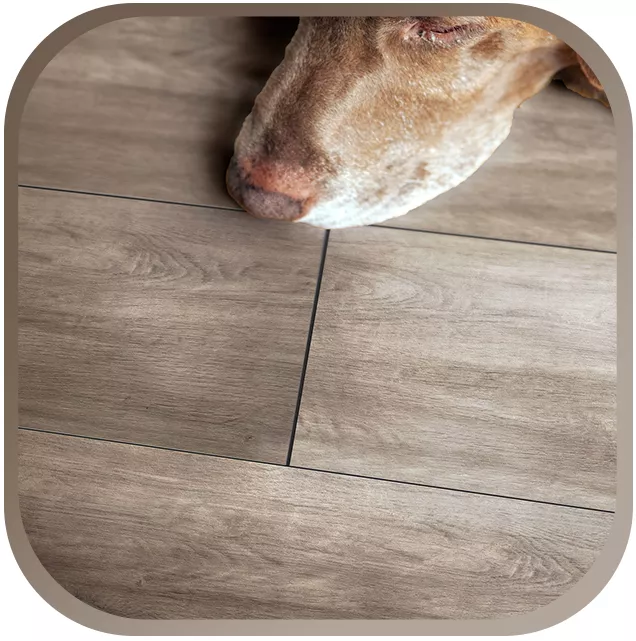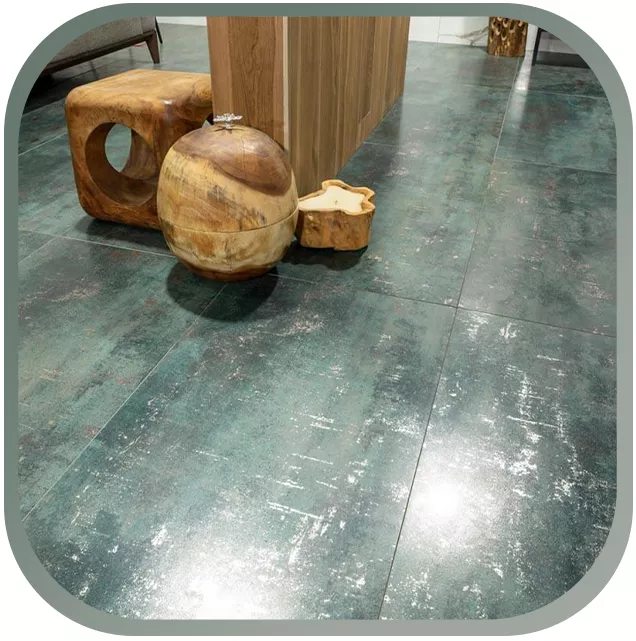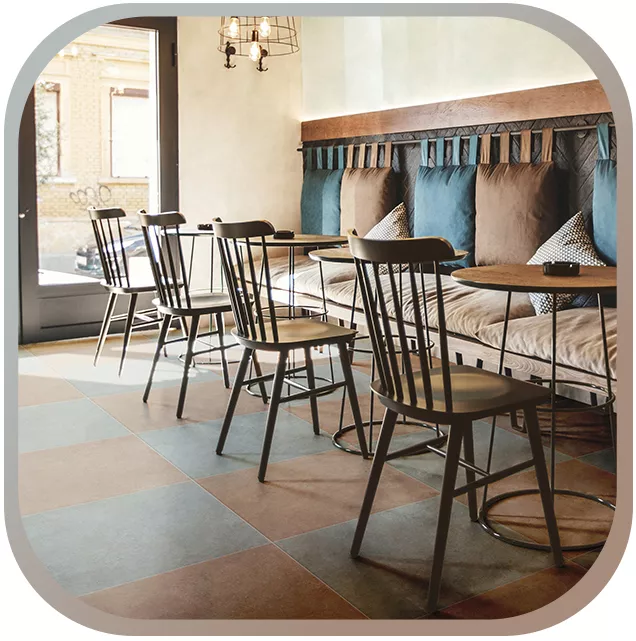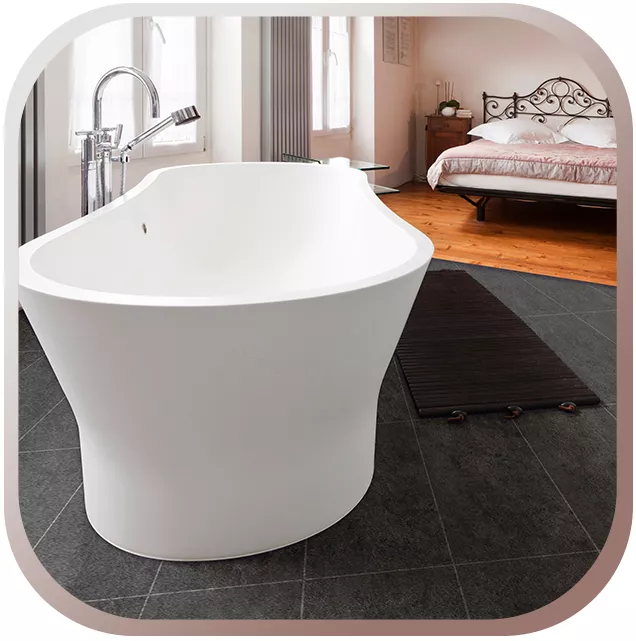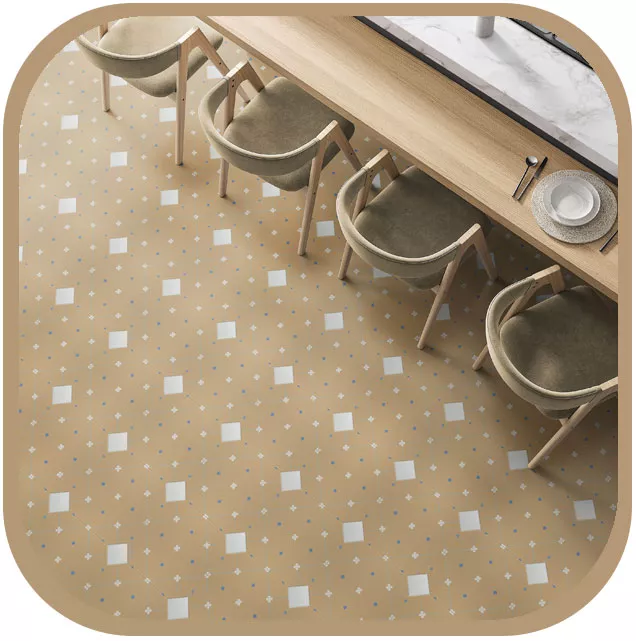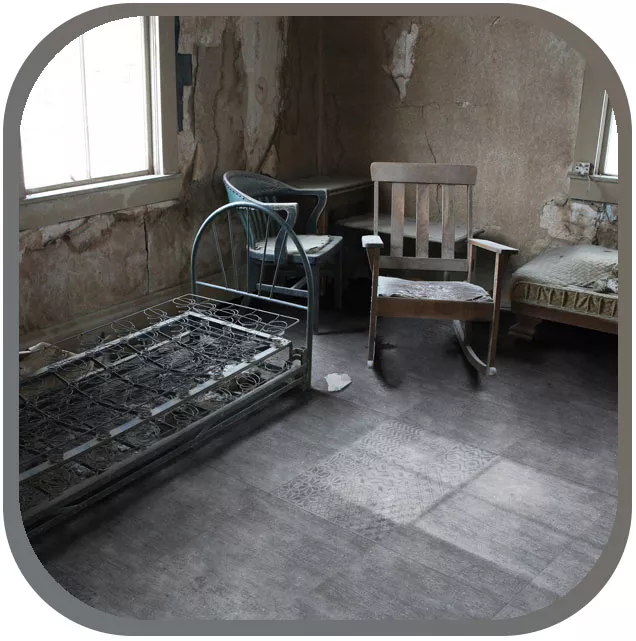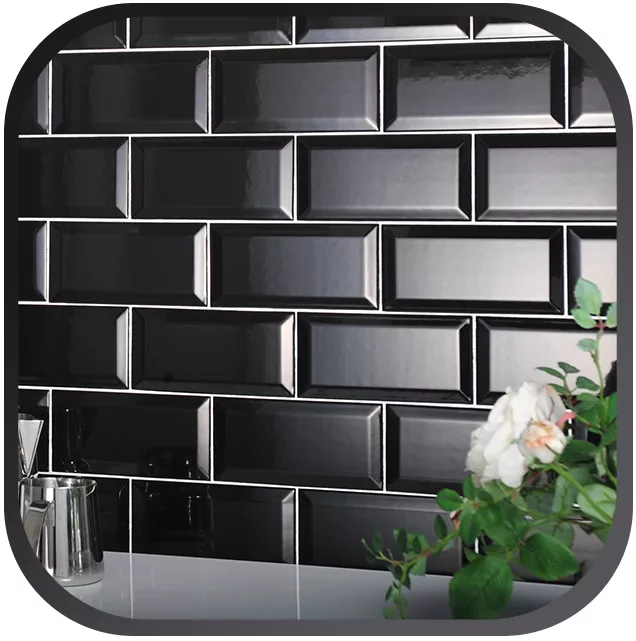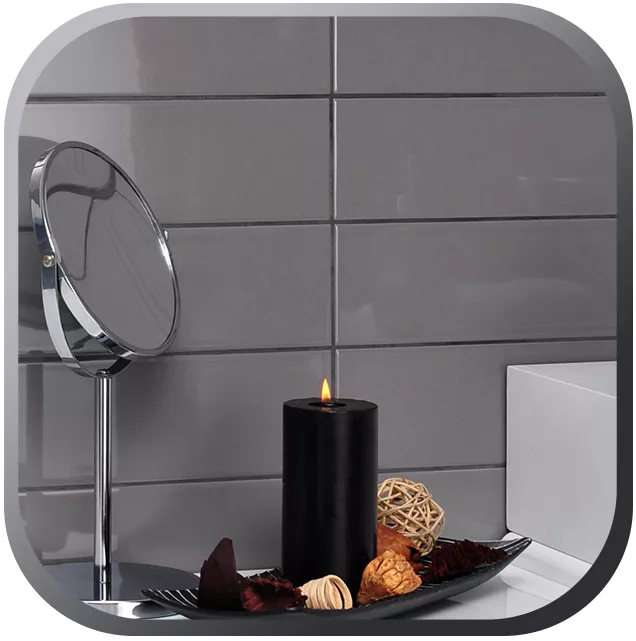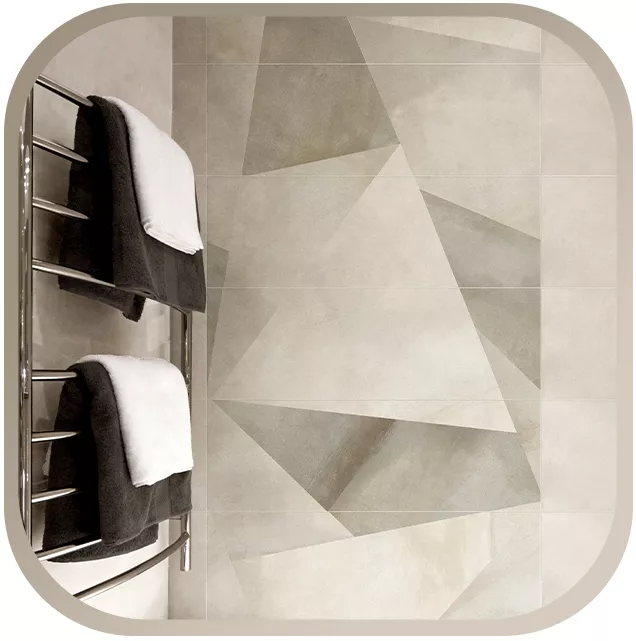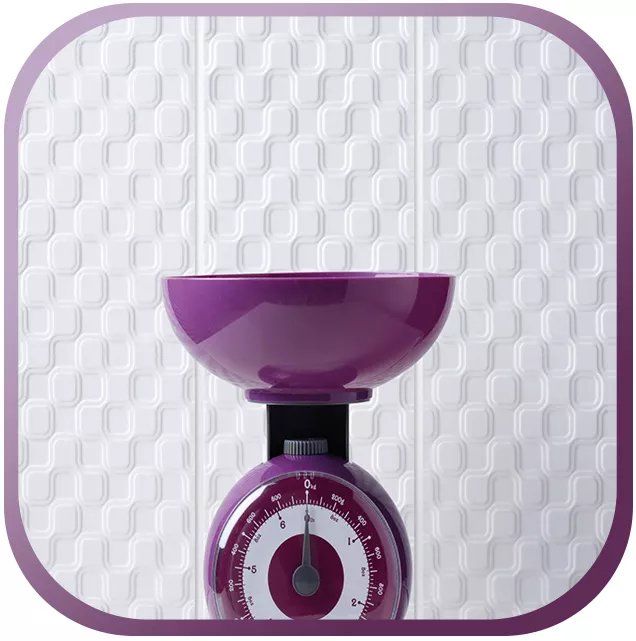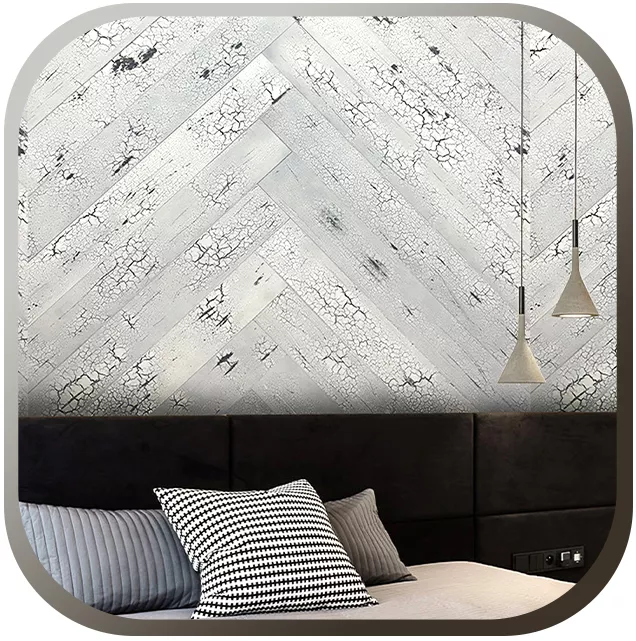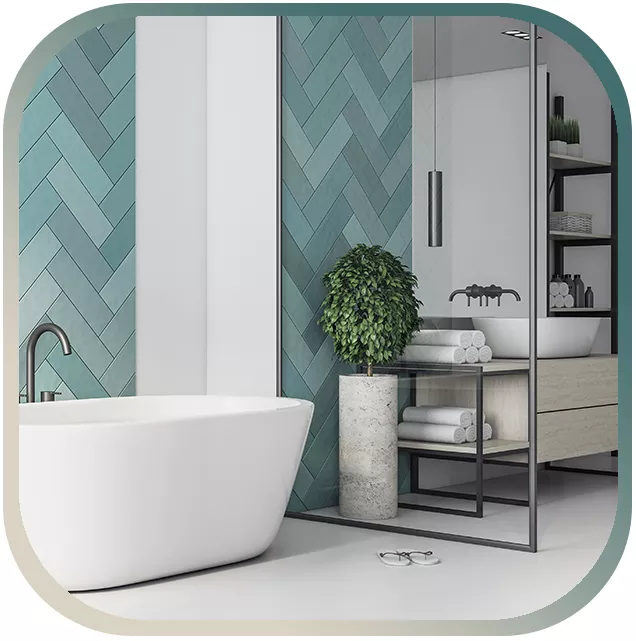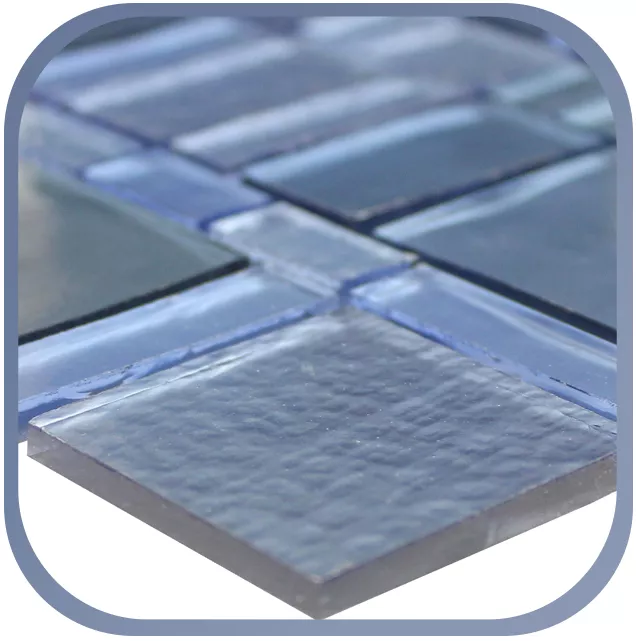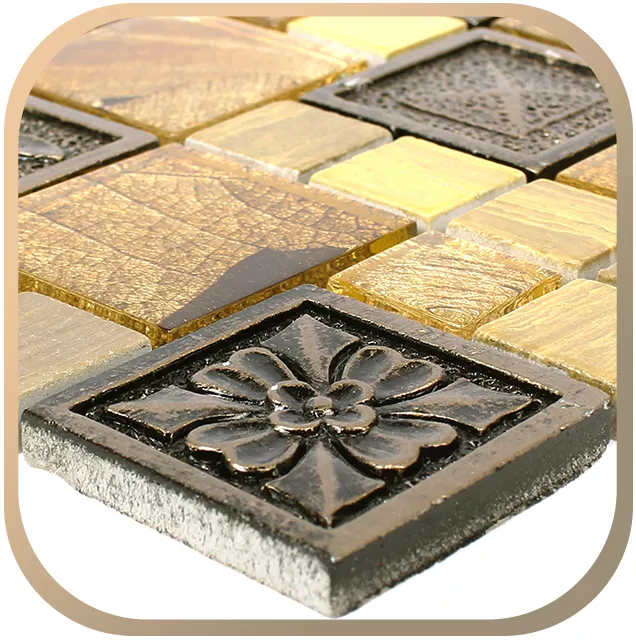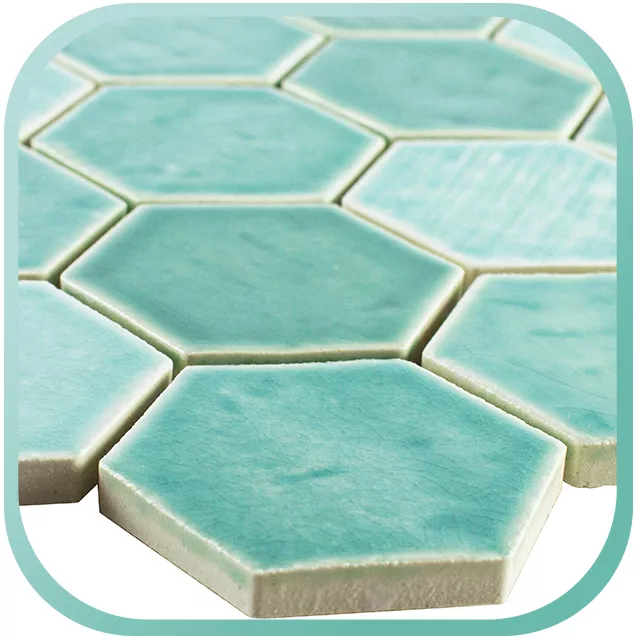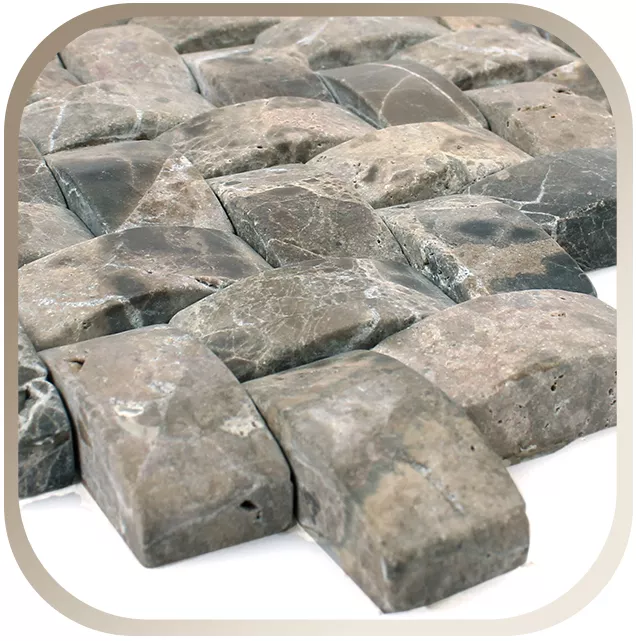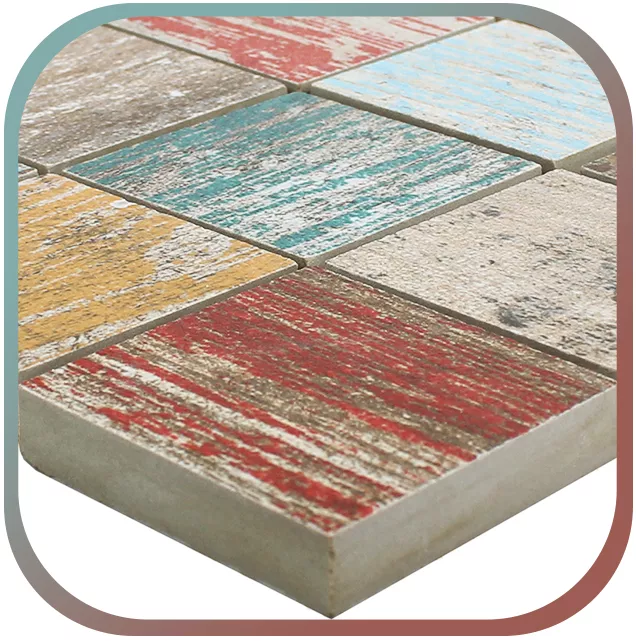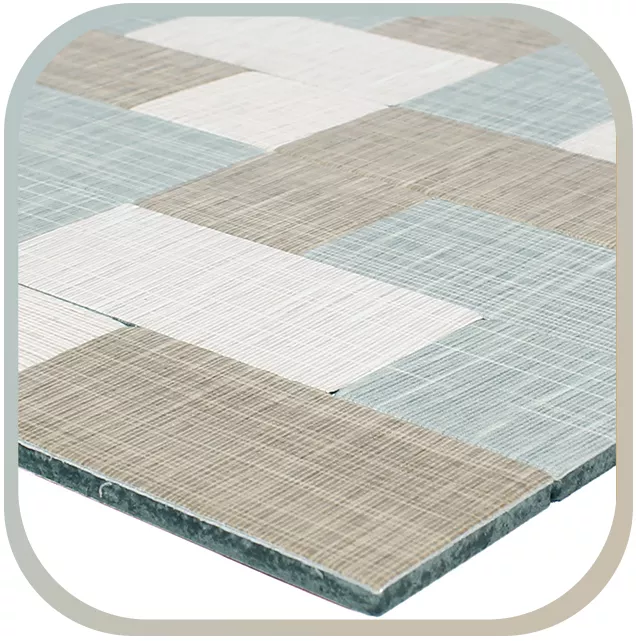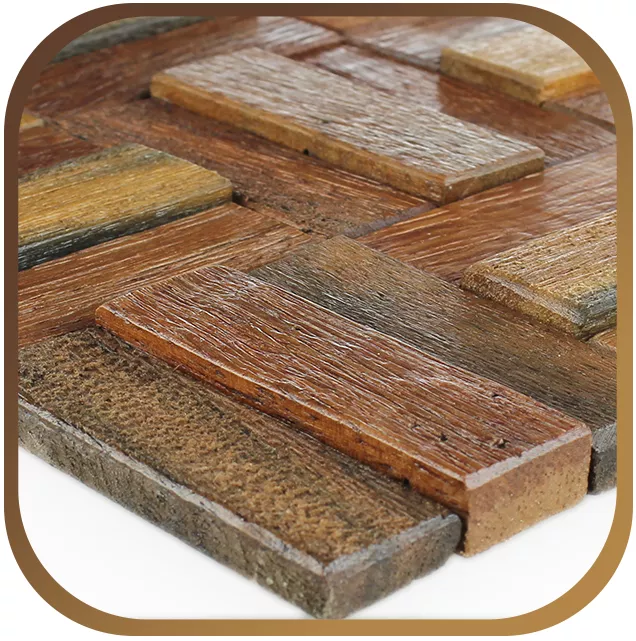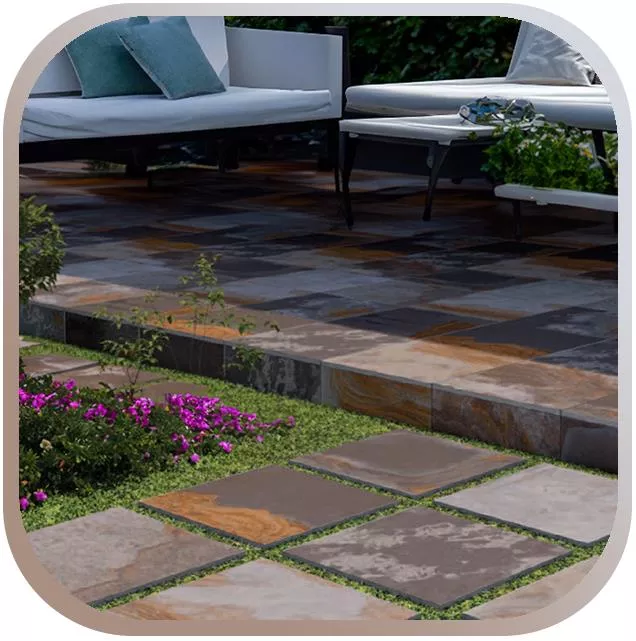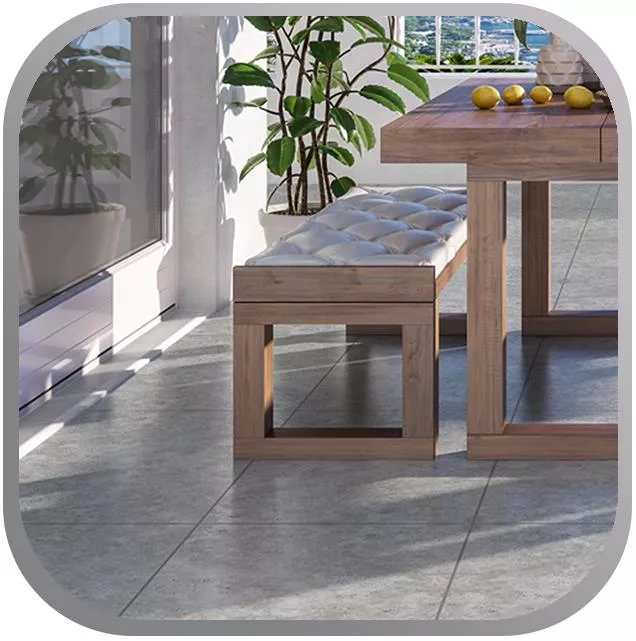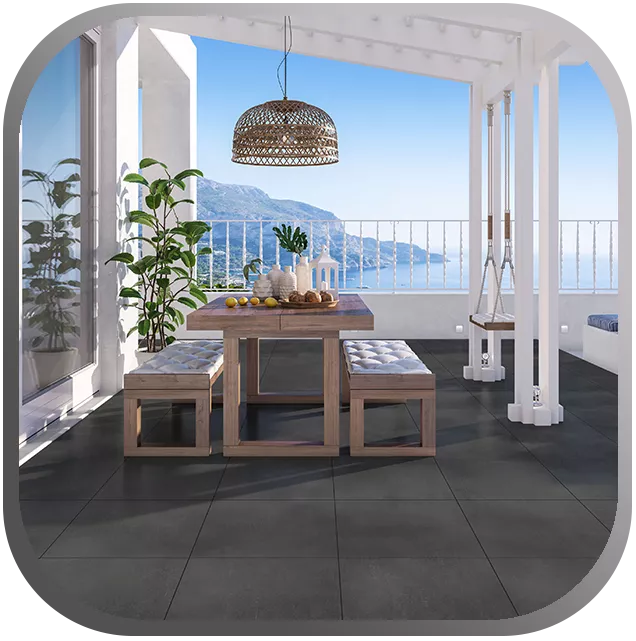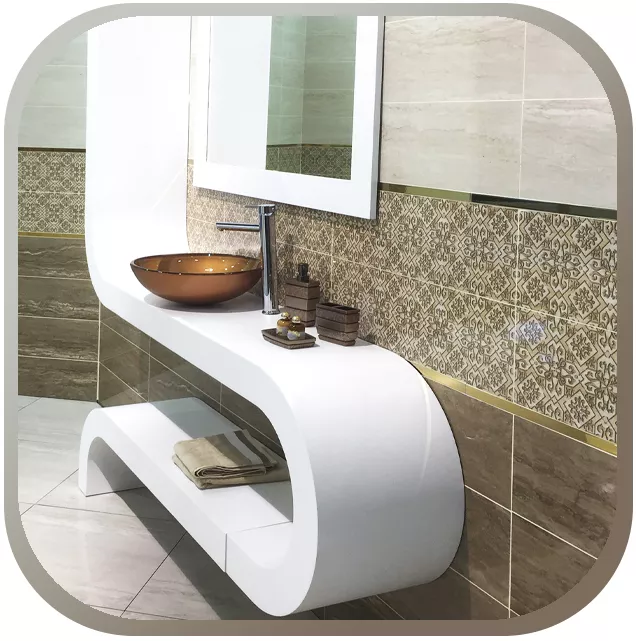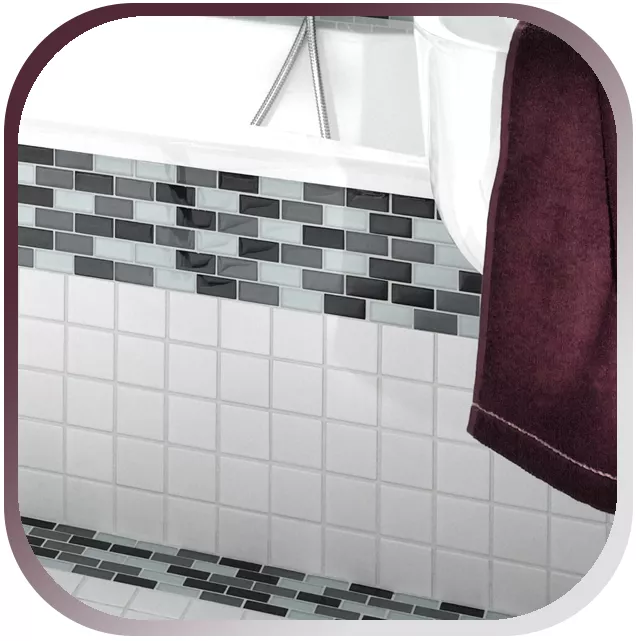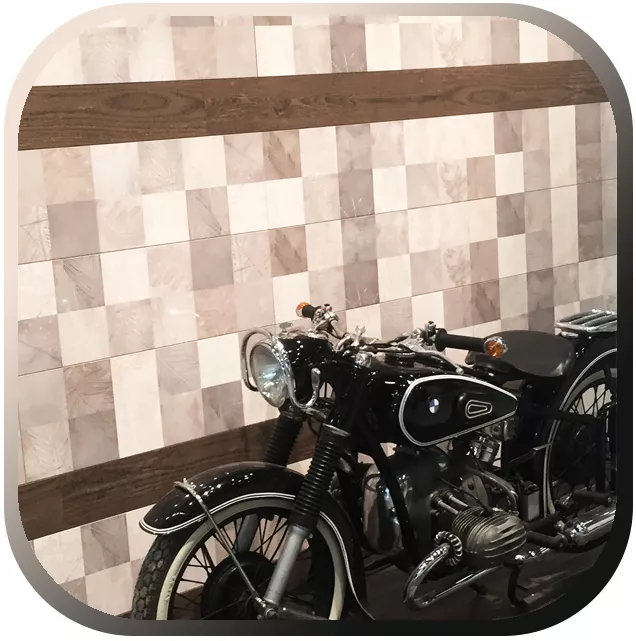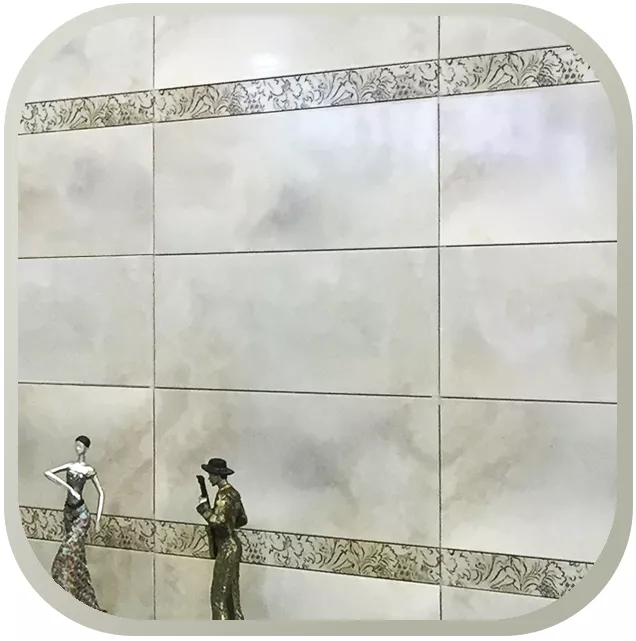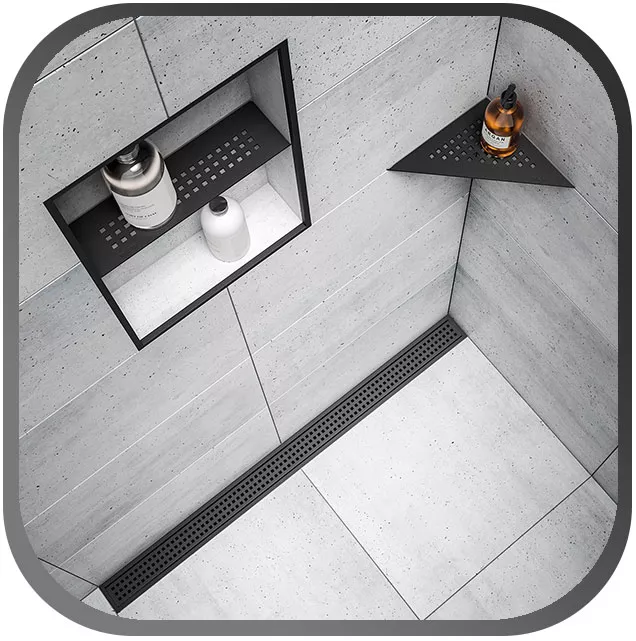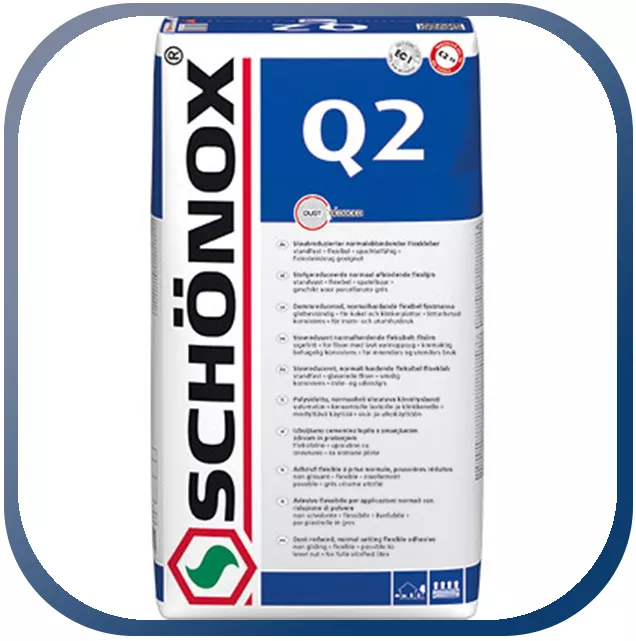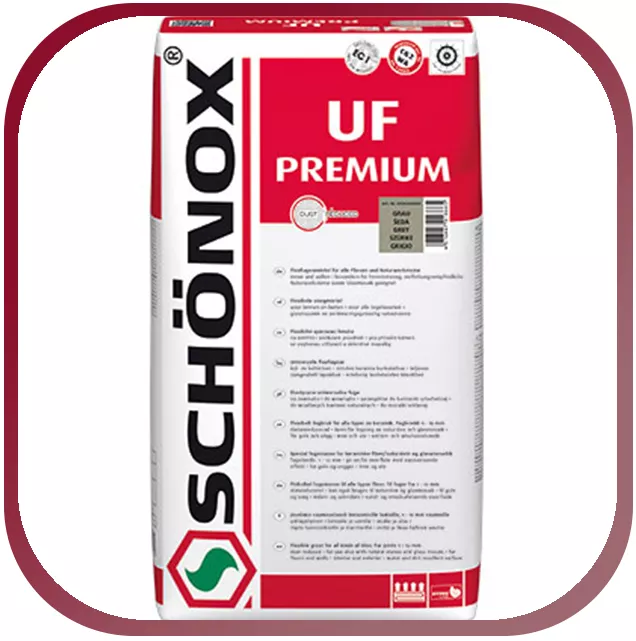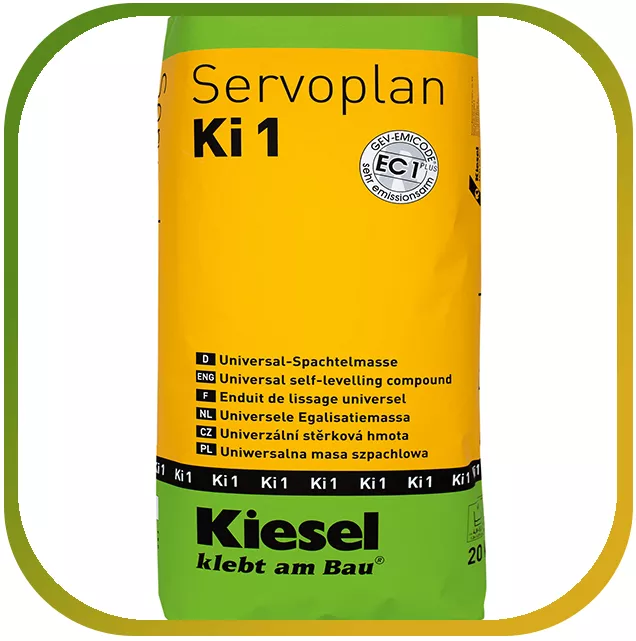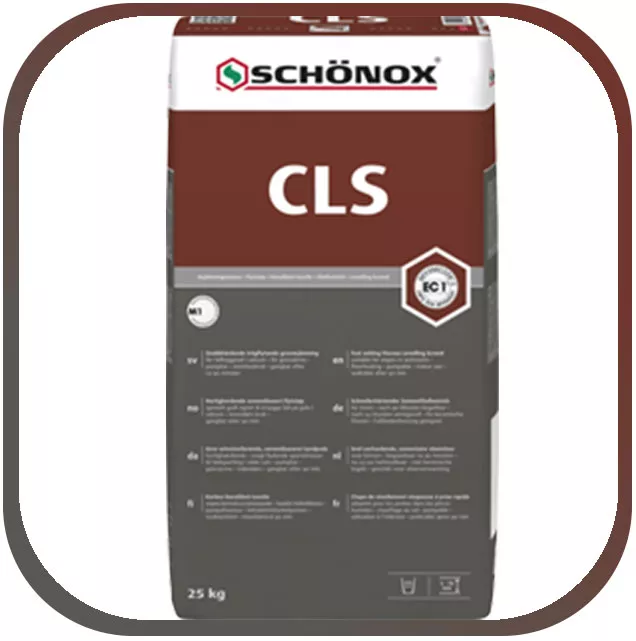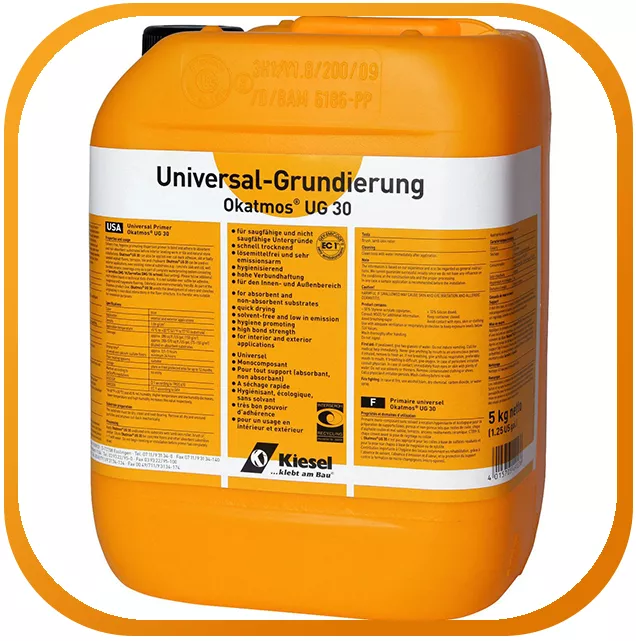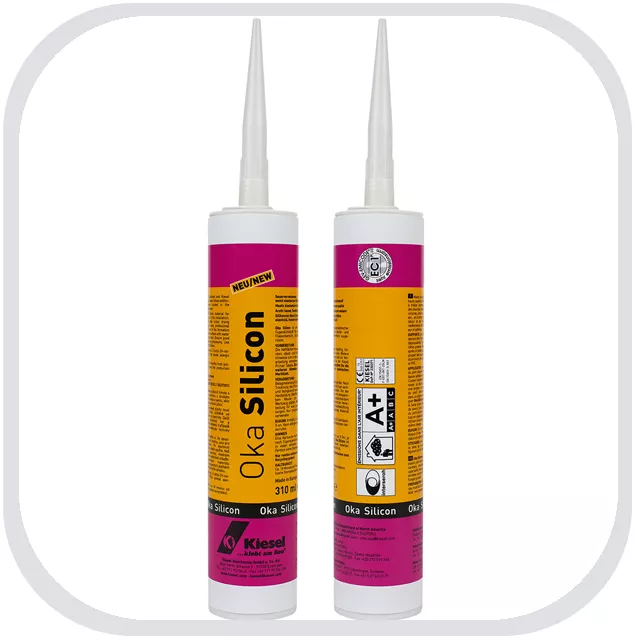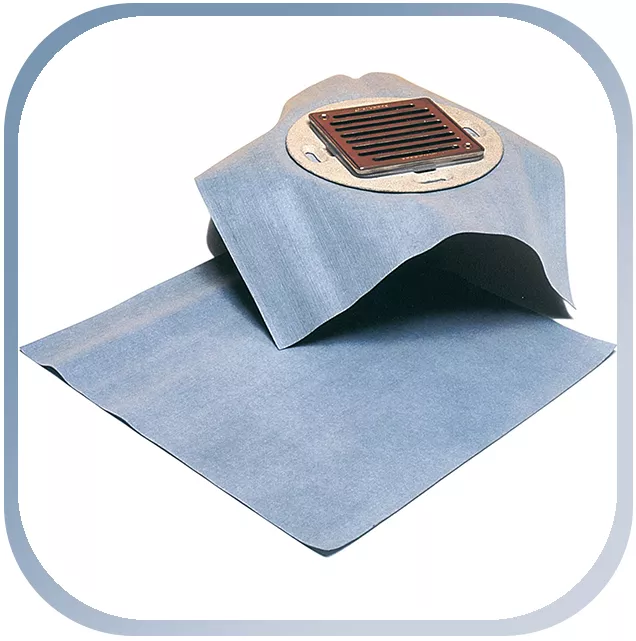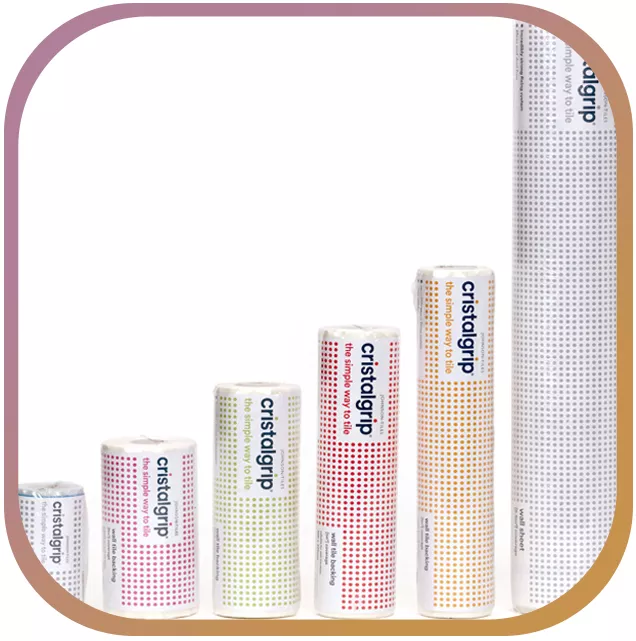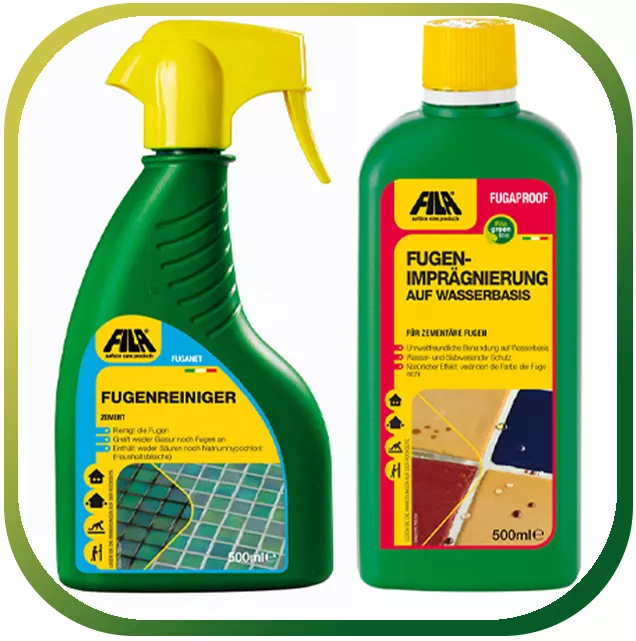
Q: Can you lay agglomerates on wood and / or chipboard / metal / plasterboard?
A: Yes, all you need is a suitable adhesive (polyurethane, e.g. TREND LASTRE).
Q: Can you lay agglomerates on top of an existing flooring?
A: Yes, but there are a few simple but important things to keep in mind.
a) The old floor covering must still adhere well to the surface (otherwise it must be removed).
b) The old floor covering must be sanded down thoroughly to make it easier for the leveling compound to adhere?
c) Then level the surface that has just been sanded off by leveling (max 5 mm).
Q: What sub-floor is suitable for laying agglomerates?
A: The surface must be firm, clean, dry and even.
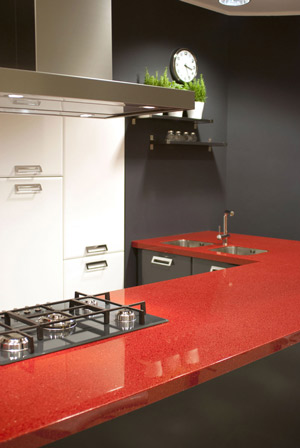
Q: Is it possible to lay agglomerates on curved surfaces?
A: Yes, agglomerates can be laid on surfaces with a minimum radius of 10 cm.
Q: Can you add decorative elements made of mosaic to agglomerate floors?
A: Yes. The difference in height between the decorative element and the agglomerate only needs to be compensated for by filling it with glue or inserting underlay elements.
Q: Is there a risk that agglomerates laid on facades could come loose?
A: If the installation has been carried out correctly, there is no risk of parts becoming loose.
Q: Can you assure me that the agglomerates delivered to me will perfectly match the color of the color samples?
A: No, of course the dominant color tone is the same, but there may be slight lighter or darker color variations.
Q: Can you assure me of the same shade if I reorder?
A: No, this is not possible due to the special, handcrafted production of the mosaic. Every batch shows slight color changes.
Q: Are agglomerates suitable for lining pools and swimming pools?
A: Yes, of course. They are suitable for lining pools and swimming pools of all types, shapes and sizes.
Q: If I use epoxy glue in the pool, can I still do without the waterproof seal?
A: No, the waterproof seal must be carried out by a specialist company: the waterproof seal cannot be replaced by any covering or adhesive.
Q: How do agglomerates ground?
A: Agglomerates are cut with a smooth diamond disc.
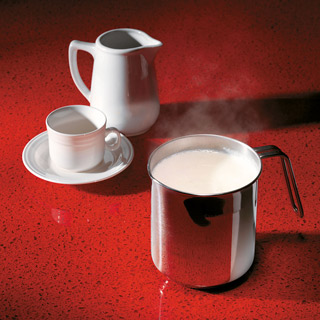 Q: Can agglomerates also be cut with water jet technology?
Q: Can agglomerates also be cut with water jet technology? A: Yes, even with this technique, decorations and inlays of different colors and shapes can be easily designed.
Q: Can the agglomerates be reground after laying?
A: Currently this is only possible at the industrial level in the factory.
Q: Are agglomerates slippery?
RA: The surface of the slabs is comparable to floor coverings made of ceramic, granite, marble, etc.
Q: Do the agglomerates change color over time?
A: The colors of the agglomerates remain stable over time. When exposed to sunlight, just like natural stone, there may be a slight change in color.
Q: Do the agglomerates absorb moisture?
A: In accordance with the applicable European and American legal regulations, the agglomerates do not absorb any moisture.
Q: If common detergents or liquids leak on the agglomerate, will it damage it?
R: No, our agglomerates are stain resistant.
Q: What products can I use for daily cleaning and maintenance of the agglomerates?
A: Agglomerates can be cleaned with any commercially available neutral cleaner and with our Trend Brillant.
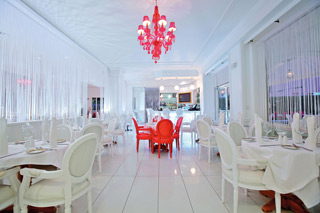 Cleaning the agglomerate
Cleaning the agglomerate
Q: Can I use any commercially available adhesive to lay the agglomerate?
A: 1) We recommend using a trend adhesive.
2) If this is not possible, we can advise you to use adhesives from manufacturers who have worked with us on the formulation of our adhesive (Kerakoll, Mapei, Technokolla, etc.)
3) If these two solutions are not possible you should make sure that your local dealer takes responsibility for supplying a functional, suitable product (point out that our agglomerate is not a tile).
Q: Which putty do you recommend for agglomerates?
A: The choice of the appropriate type depends on the purpose of use. Cement joint filler is definitely suitable; Nevertheless, we recommend an epoxy joint filler for high demands on mechanical and chemical resistance (e.g. in highly frequented areas, in thermal baths, spas, etc.) or for colored joints.
Q: How long do the agglomerates last?
A: Its duration is theoretically unlimited, of course it depends on the type of use.
Q: Do the agglomerates scratch on inspection?
R: The agglomerates are wear resistant. In the tests carried out, abrasive loads were turned on the surface. Based on the test results, the suitability of the agglomerates for high-traffic areas could be verified. We definitely recommend bright colors for such uses.
Q: Can you see signs of particularly intensive use (continuity)?
A: The agglomerates are suitable for "intensive" use, but of course it depends on the type of use.
Q: Do the agglomerates only show superficial or also deep abrasion resistance?
A: The agglomerates show both a superficial and a deep abrasion resistance, as they have a uniform thickness.
 Q: Can the agglomerates also be used in public places?
Q: Can the agglomerates also be used in public places?
A: Yes, of course.
Q: How should I treat the agglomerate before laying?
A: You should keep the material at the installation site (covered, weatherproof) for at least 24 hours before installation.
Q: How do I have to treat the agglomerate after the shipment before laying?
A: The agglomerates are placed on a storage surface with their tops facing each other; Weights (e.g. bags, cans with glue) are attached to the edges. Leave to rest for 24 hours, then continue laying (note: only if they are leveled!).
Q: Can the agglomerates also be used as covers?
A: Yes, all agglomerates can be used as covers.
Q: Can the agglomerates also be used as linings?
A: Yes, of course.
Q: How does the agglomerate behave when laid outdoors during the winter months, is it frost-resistant?
RA: It is frost-resistant and remains completely untouched by the cold.
Q: The agglomerates keep strong temperature fluctuations between day
and night stood?
A: Yes, of course they can withstand temperature fluctuations.
Q: Can the agglomerates withstand harsh chemicals?
A: Yes, the agglomerates are resistant to the aggressive agents of commercial cleaning agents.
Q: Are the agglomerates shock resistant?
A: Yes, our agglomerates are shock resistant.
Q: Will the agglomerates withstand cigarette burns?
A: Yes, our agglomerates can withstand cigarette burns in accordance with applicable European and American legislation.
Q: Are the agglomerates flammable?
A: Our agglomerates are not flammable or flammable.

